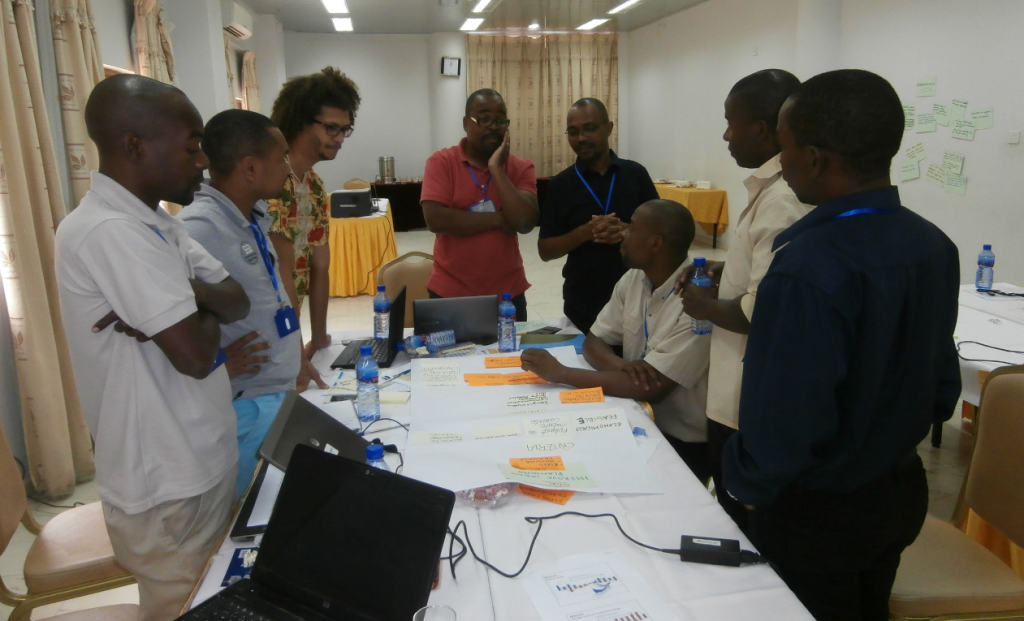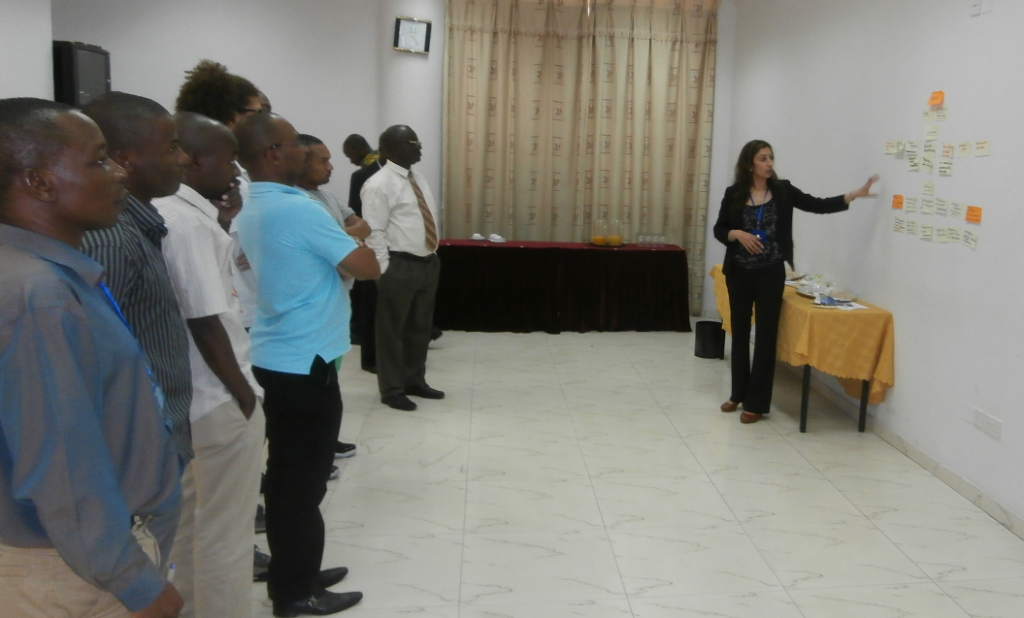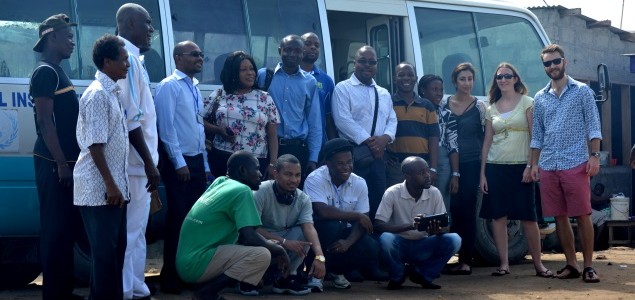Over the past few years many climate research centers, government institutions and consultancies across the world have been part of a rebranding exercise. In essence there is nothing new in the establishment of climate services. The provision of expertise, data and guidance, as well as work on informing climate risk management, has grown steadily as the issue of climate change becomes better recognized across sectors of society. Yet with increased interest in this area, and with the acknowledgement of the global community for the need to support climate change adaptation efforts, the age of climate services is here.
“Climate services provide climate information in a way that assists decision making by individuals and organizations” (Global Framework on Climate Services)
“Climate information prepared, interpreted and delivered to meet society’s needs” (UK Met Office)
“Scientifically based information and products that enhance users’ knowledge and understanding about the impacts of climate on their decisions and actions” (American Meteorological Society)
The available definitions of climate services listed above have an emphasis (note, I added the bold) on the delivery and packaging of information. There is an implied authority embedded in these definitions that positions scientists and climate information providers as the bearers of knowledge, able to inform whatever application or decision is being made. In many cases this version of climate services is, presumably, appropriate and in fact very helpful. However from my experience, and in learning from experiences of others, the world of adaptation decision making is rather …well…messy! Simply translating climate information into decision-relevant information and products, and then delivering it direct to users through a DHL-style courier service (other providers are available), seems rather too neat to reflect the real nature of how decisions about complex problems are made. Certainly in Africa, where development and adaptation to climate change often go hand-in-hand, relying on a one-way flow of information – even if it is tailored – appears to be a limited model for how climate services should be framed. This opinion doesn’t just stem from academic conversations but emerges from a number of experiences working with users of climate information, and in particular, a recent workshop held in Accra, Ghana.
Future Climate for Africa (FCFA) is a new five-year international research programme jointly funded by the UK’s Department for International Development (DFID) and the Natural Environment Research Council (NERC). As part of the scoping phase, FCFA has sponsored four pilot workshops across Africa to explore different approaches to integrating climate information into adaptation decision making processes. CSAG, along with SEI-Oxford and START, facilitated one of the four pilot workshops in Accra in June this year. The workshop brought together scientists and decision makers from two coastal cities facing considerable climate change challenges, Accra and Maputo.
As one of the facilitators, I was lucky enough to be involved in this fascinating workshop. We adopted an unconventional approach and rather than being data-led, as is implied in the definitions of climate services listed above, we trialed a co-exploration approach where the facilitators are as much part of the analysis as the participants. This co-exploration approach of place-based vulnerabilities was previously tested in a different context as part of a proof-of-concept CDKN-funded workshop held in Dar Es Salaam in 2013.

Although the context of the workshop was climate change adaptation, the agenda didn’t introduce climate projections until well into day two of the workshop. Prior to this, the focus was on establishing vulnerabilities in real-world settings chosen by the participants from the two cities. The group from Maputo chose to examine the emerging area of the Costa do Sol, and the group from Accra focused on the area of Dansoman. Both areas are vulnerable to flooding and sea level rise, and each contain both formal and informal settlements. The non-climatic challenges facing these communities are profound and it became immediately apparent that only by acknowledging these issues upfront can any suitable adaptation pathways and options be identified. On the final day of the workshop we visited Dansoman to see how the issues we discussed are affecting the communities (see feature image). There are clearly some fundamental development challenges that need to be addressed in considering adaptation to current climate variability and future climate change in such an area. Using a bottom-up vulnerability first approach, and co-exploring the adaptation needs of the communities in an interdisciplinary setting, seems to offer a constructive way forward that could, in the long-term, facilitate a decision making paradigm that improves the livelihoods of such communities. It will be interesting to learn about the other FCFA workshops and I look forward to engaging with FCFA and similar initiatives in the future. I also hope that the work done in Accra will ultimately yield some benefit to the communities and decision making processes in Accra and Maputo, as well other cities in Africa facing similar challenges.

Based on this experience in Accra, and drawing on experiences of other similar activities, I would argue that how climate services fit into the decision space depends on the juncture at which the climate service providers are engaging with decision makers. At the workshop in Ghana, though we were looking at real case studies, no decisions were actually being made and the workshop was therefore one or two steps removed from the process of deciding which adaptation options one would actually implement. Decisions only get made when there are budgets to allocate and specific objectives to be met. It is once options and strategies have been narrowed in this multidisciplinary setting, perhaps by using this co-exploration approach, and finance and political will is on the table, that a more detailed examination of available climate information and what it means for the adaptation options becomes truly consequential.
So it seems apparent, and I am certainly not the first to say this, that we need to have a broad range of framings, approaches and methods within the domain of climate services in order for scientists and information providers to succeed in enabling more informed adaptation and decision making. We need to question the current definitions and approaches that assume scientists have all the answers and it is just an issue of packaging. Through sustained engagement (something we could not benefit from in the pilot workshop) and by evolving the co-exploration approach further, we might foster better relationships and create a more nuanced dialogue that recognizes the complexities and trade-offs associated with adaptation decisions. There is much more to be done!
